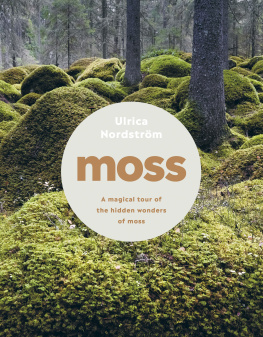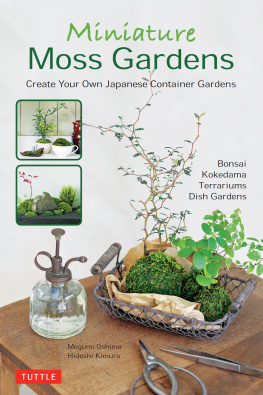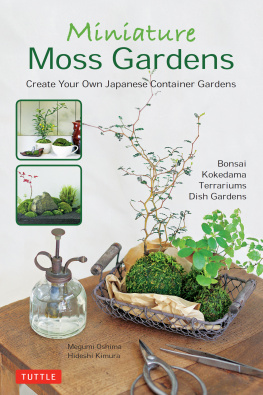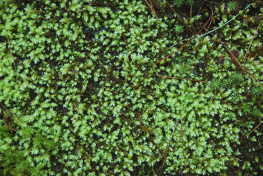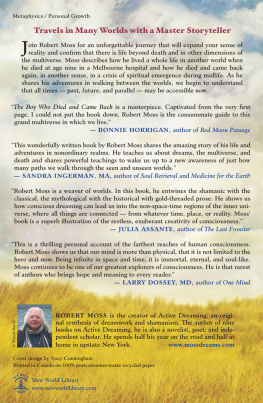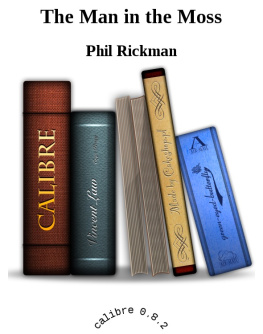MOSS
From forest to garden:
a guide to the hidden world of moss
ULRICA NORDSTRM
PHOTOGRAPHY BY HENRIK BONNEVIER
ILLUSTRATIONS BY STEFAN ENGBLOM

It was not merely green; it was frantically green. It was so bright in its verdure that the color nearly spoke, as though smashing through the world of sight it wanted to migrate into the world of sound. The moss was a thick, living pelt, transforming every rock surface into a mythical, sleeping beast.
Now the miniature forest below her gaze sprang into majestic detail. She felt her breath catch. This was a stupefying kingdom. This was the Amazon jungle as seen from the back of a harpy eagle. She rode her eye above the surprising landscape, following its paths in every direction. Here were rich, abundant valleys filled with tiny trees of braided mermaid hair and minuscule, tangled vines She felt herself growing breathless. This was the entire world. This was bigger than a world. This was the firmament of the universe, as seen through one of William Herschels mighty telescopes. This was planetary and vast. These were ancient, unexplored galaxies, rolling forth in front of her and it was all right here!
The Signature of All Things, Elizabeth Gilbert
MICHAEL JOSEPH
UK | USA | Canada | Ireland | Australia
India | New Zealand | South Africa
Michael Joseph is part of the Penguin Random House group of companies whose addresses can be found at global.penguinrandomhouse.com.

First published as Mossa in Sweden by Natur & Kultur 2018
First published in Great Britain by Michael Joseph 2019
Copyright Ulrika Nordstrm, 2018
Excerpt from The Signature of All Things: A Novel by Elizabeth Gilbert,
copyright 2013 by Elizabeth Gilbert. Used by permission of Viking Books,
an imprint of Penguin Publishing Group, a division of Penguin Random House LLC.
All rights reserved.
The moral right of the author has been asserted
Cover image Henrik Bonnevier
ISBN: 978-0-241-37448-1
This ebook is copyright material and must not be copied, reproduced, transferred, distributed, leased, licensed or publicly performed or used in any way except as specifically permitted in writing by the publishers, as allowed under the terms and conditions under which it was purchased or as strictly permitted by applicable copyright law. Any unauthorized distribution or use of this text may be a direct infringement of the authors and publishers rights and those responsible may be liable in law accordingly.
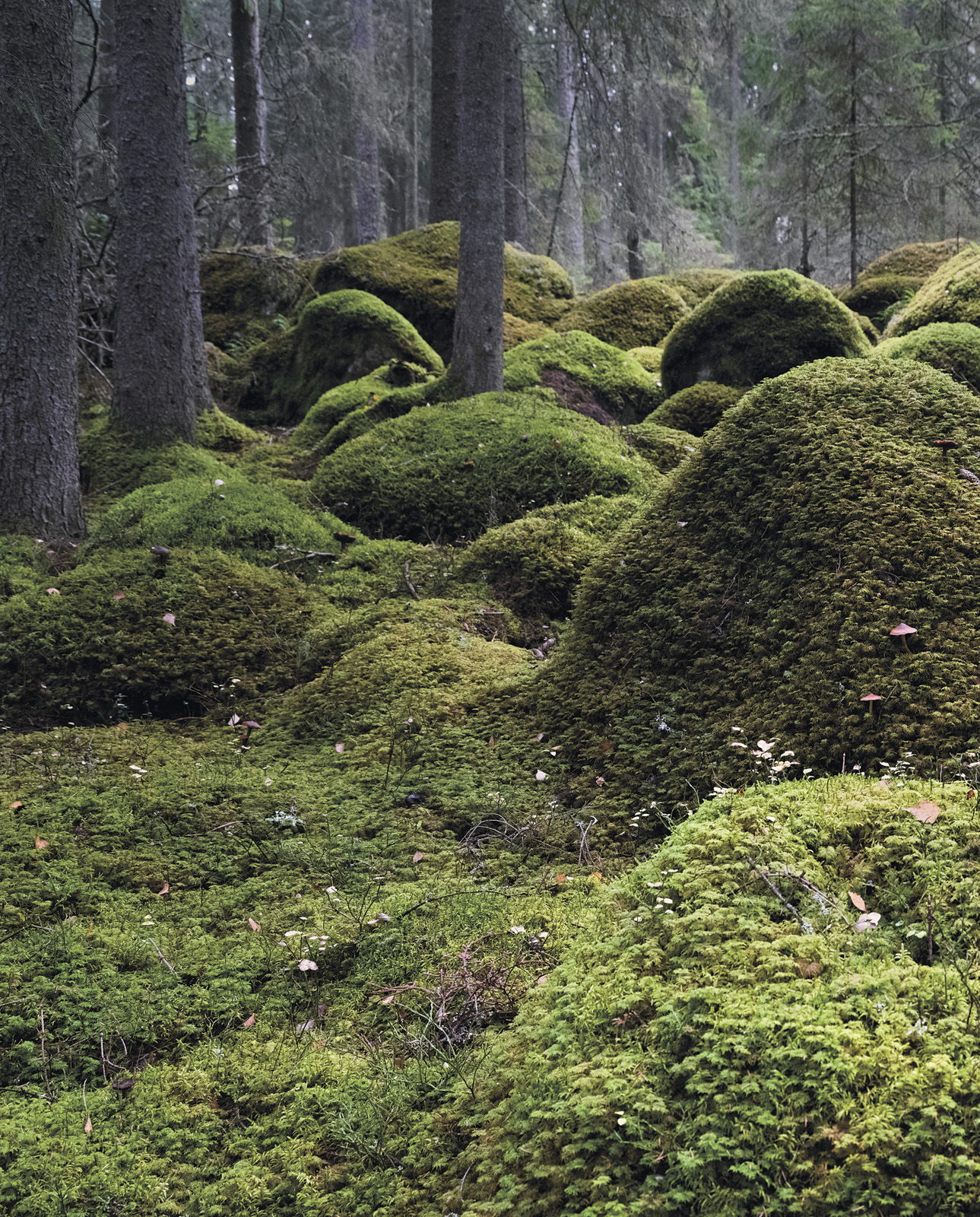
A tribute to moss
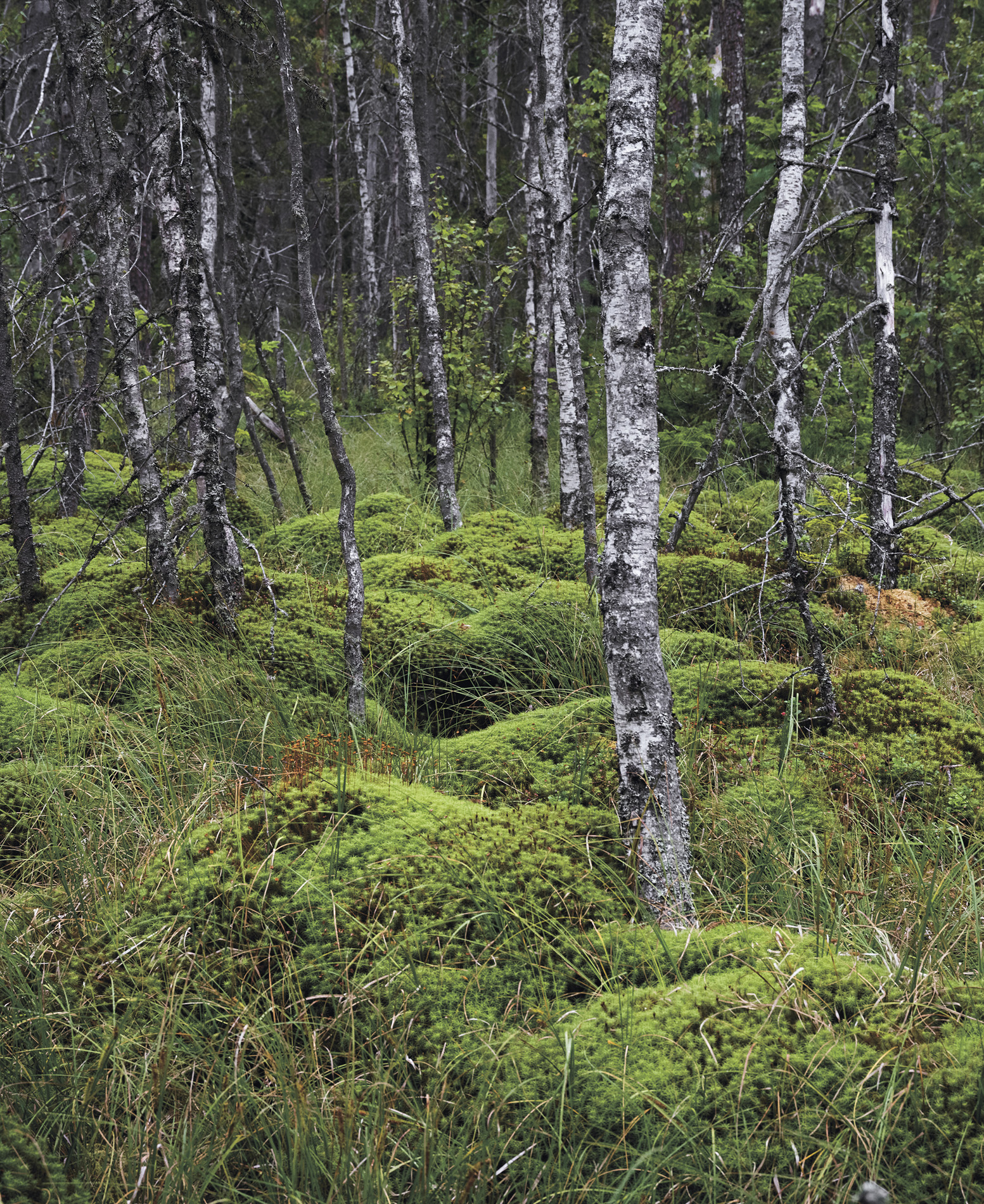
I was thirteen years old and training with my local orienteering club in a forest outside Kalix in northern Sweden when I first gave moss any thought. In the milk-white fog the map had lost its meaning and the north-eastern compass needle did not help me. I shouted Hello!, but nobody answered. The woods were silent and the fog was thick between the straight lines of the pines.
I was lost, but not afraid, and remember thinking, But if the animals live here then I can survive for at least two days. I can eat berries, and if I get cold I can cover myself with the moss.
After three hours, I managed to find a road where I was picked up by a couple in a green car who gave me a ride to a nearby city. I was able to borrow a phone at a petrol station and called my mother who came and picked me up.
Of course, I did not know much about moss. But its presence in the woods in the area where I had grown up had worked its way into my consciousness. I perceived it as soft, protective and comforting. To my mind, it was something that humans and animals could turn to in comfort if they got lost in the forest.
It turned out that my childish intuition wasnt entirely foolish. Throughout history, people in Scandinavia and further afield have appreciated the practical benefits of moss, using it for wound dressings, for crafts, and to insulate timber houses. In gardening, though, moss has more commonly been seen as an unwanted presence and something that should be eradicated from garden lawns. This is strange. In the winter, moss is the only plant that can cover our bare, cold fields with what so many long for during the winter months: magical, soothing greenery. The beauty of moss can be enjoyed all year round.
While writing this book, photographer Henrik Bonnevier and I went to places where moss is anything but invisible. We visited gardens around the world where the presence of moss astonished us. We gained valuable tips and learned how to study moss and use it in various gardening and craft projects, and we met people who have dedicated their lives to moss, whether through the pursuit of knowledge or for creativity and crafts.
Many people I meet have difficulty understanding exactly what is so amazing about moss. Those who love moss sometimes see it as representing the passage of time, softness, nature and stability. Others speak about its playful varied shapes, structures and colour, and about mosss ability to spread and flourish in places where few other plants can survive. Perhaps that is what creates this wonder and admiration: that mosses are completely unique in their structure, appearance and ways of growing and living. Moss is so small that the vast majority of people barely notice it at all but at the same time it is widespread and almost always evergreen.
The purpose of this book is to give an introduction to moss and to spread knowledge that is useful for those who want to learn more about this outstanding group of plants. And I promise, once you have entered the exciting world of moss, you will want to see more of it. As a photographer, Henrik spent a couple of weeks working on this book: Now I suddenly see moss everywhere!
Ulrica Nordstrm

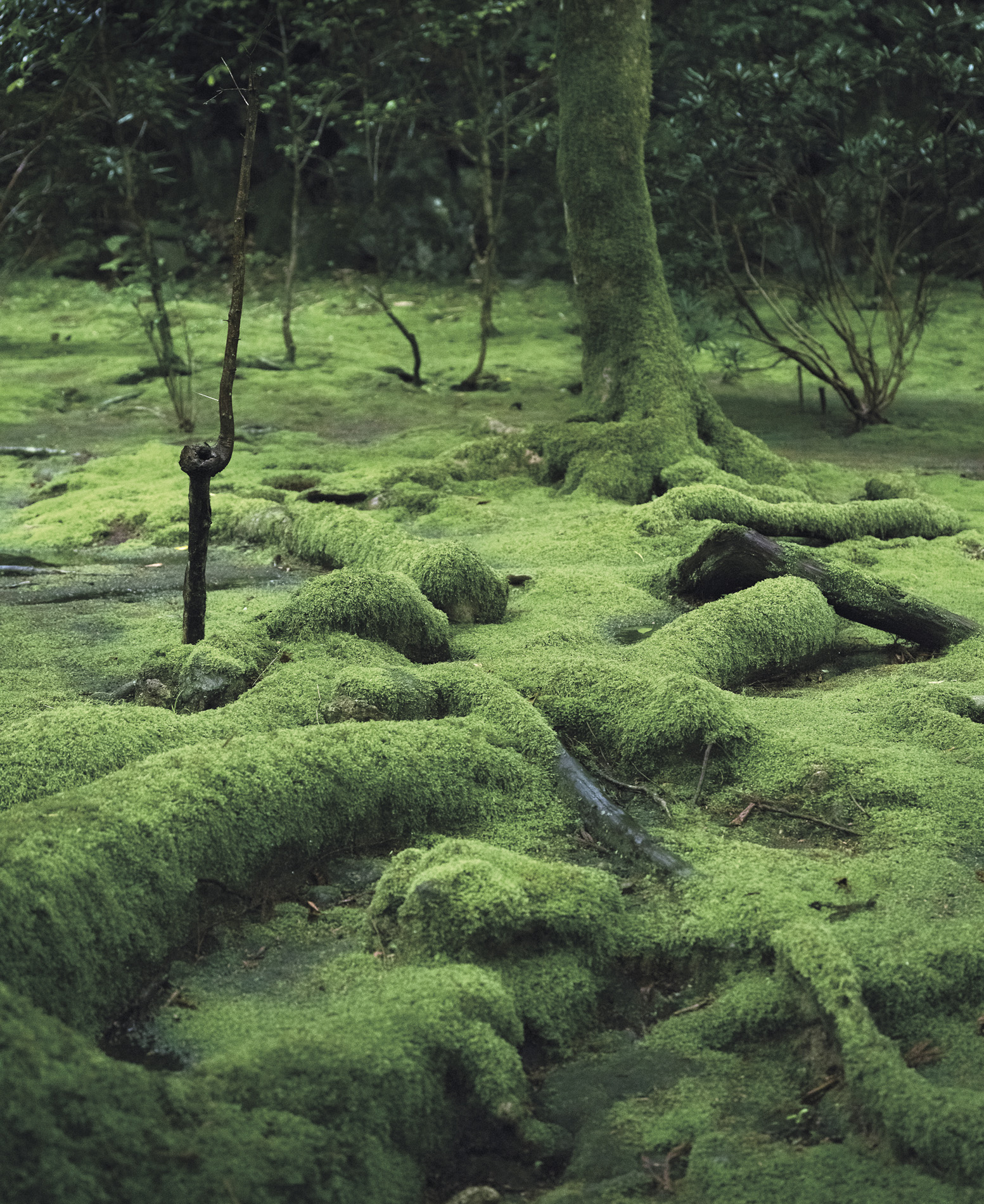
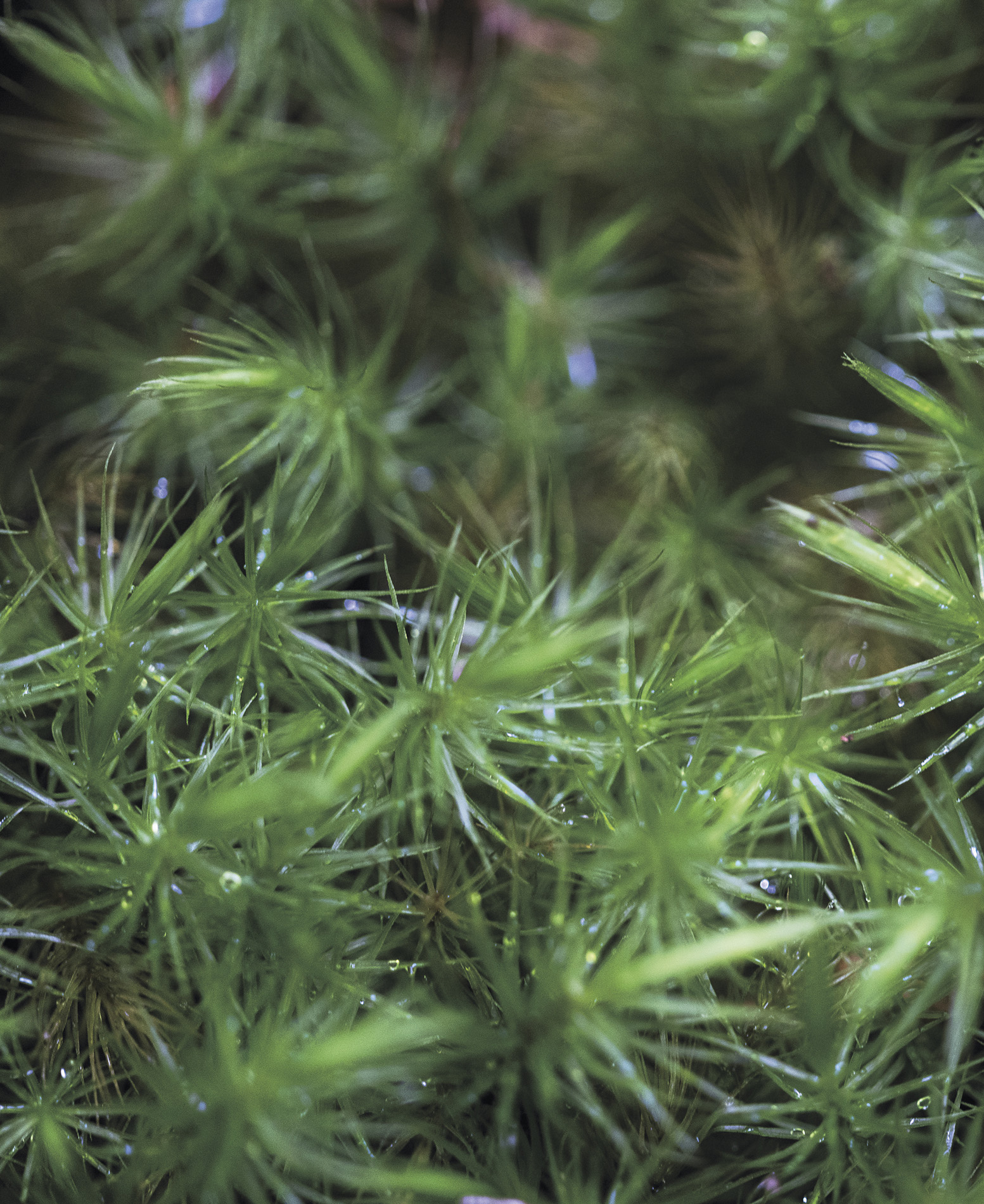
Mosses: a world of miniature plants
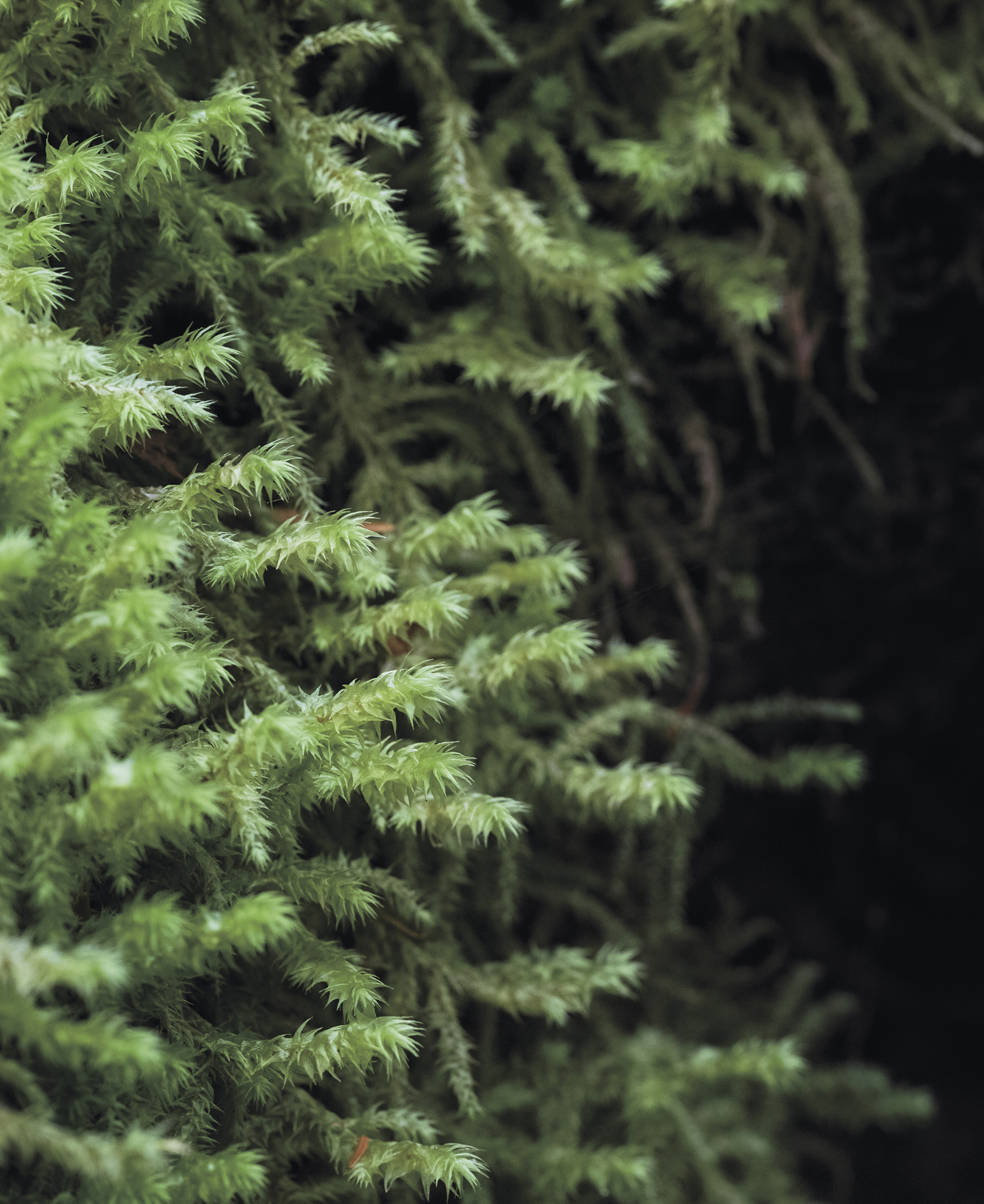
When we visit the countryside it is not difficult to pay attention to and marvel at different plants and animals. Most of us know the names of at least some trees, birds or flowers, and maybe even know something about their living conditions. Taking a break and admiring a beautiful bed of moss in the woods is also an experience, but we rarely study the plant worlds miniature occupants close up. This is a shame, because when you do stop to admire moss, it reveals a whole new world of different magical shapes, colour shades, structures and growth patterns.
The Plant Kingdom, as humans have categorised it, consists of green plants that are divided into three different divisions: the green algae, the mosses and the vascular plants. The mosses are an ancient group of plants and they first evolved and appeared more than 350 million years ago. Moss grows in all parts of the world, from the Arctic to the tropics. Today, it is estimated that there are about 20,000 species of moss on Earth, of which more than 1700 species are found in Europe and almost 800 in Britain.

